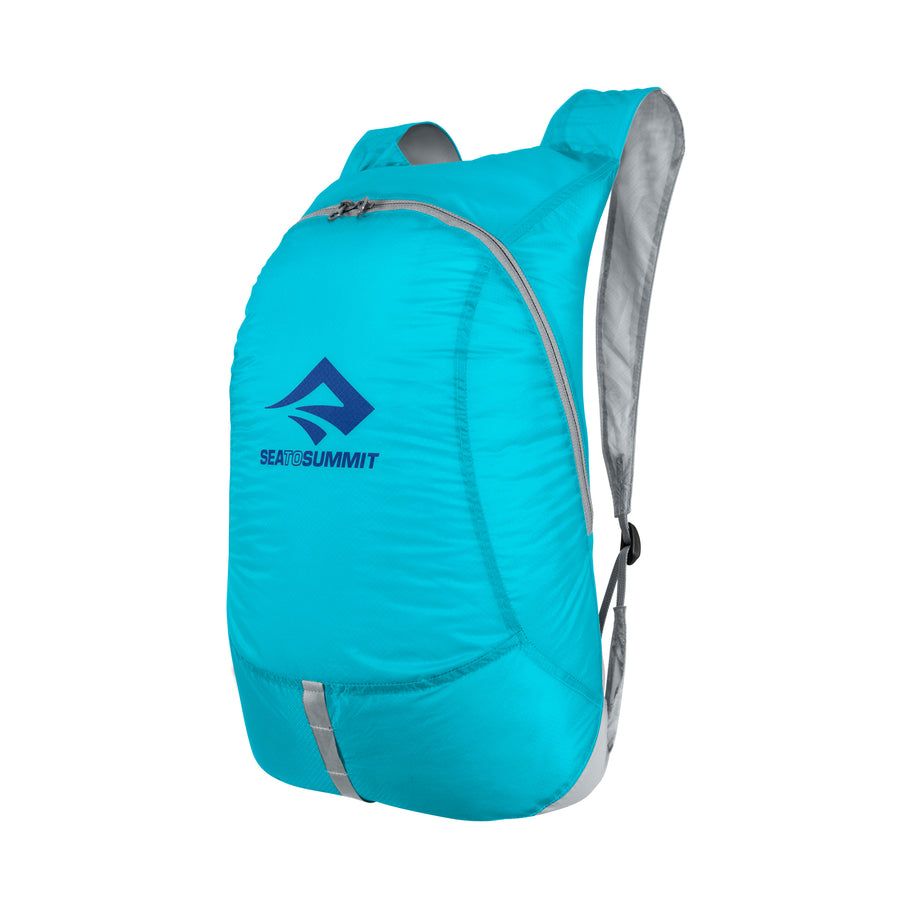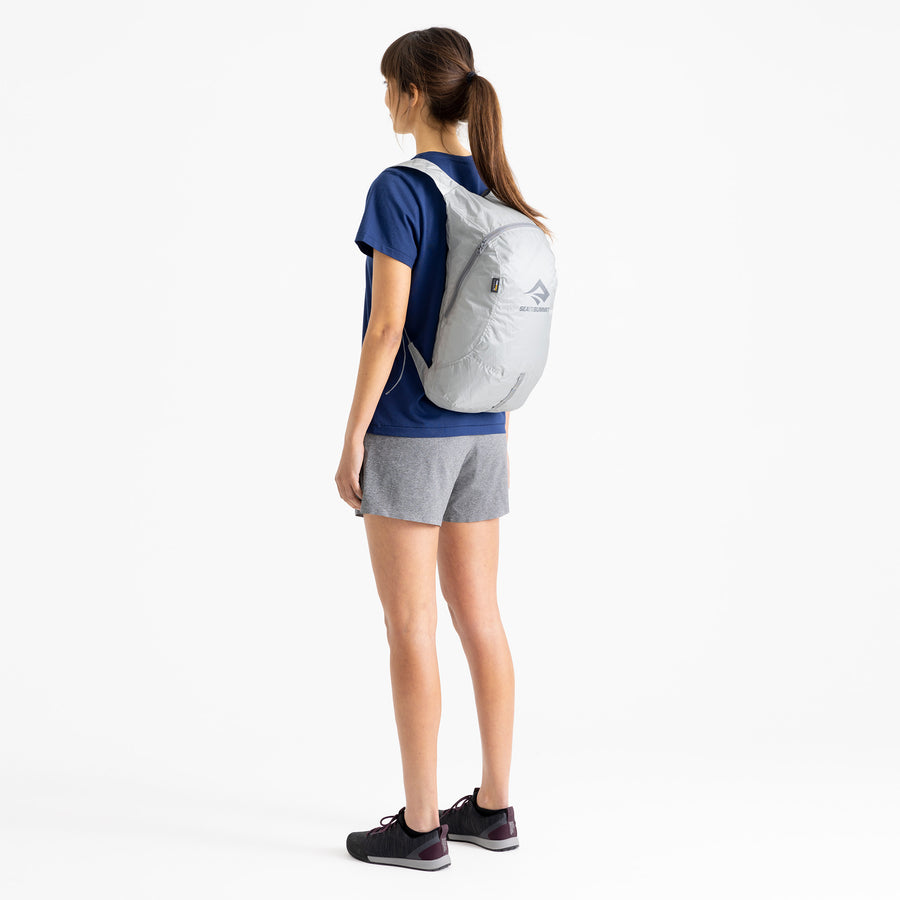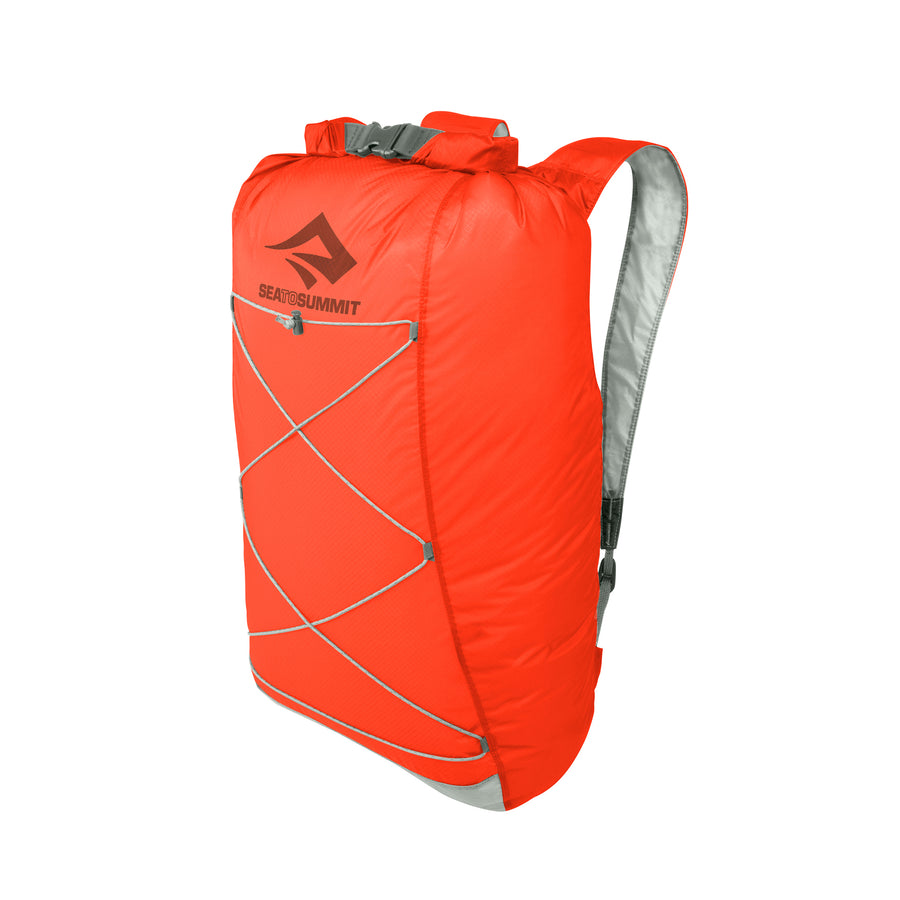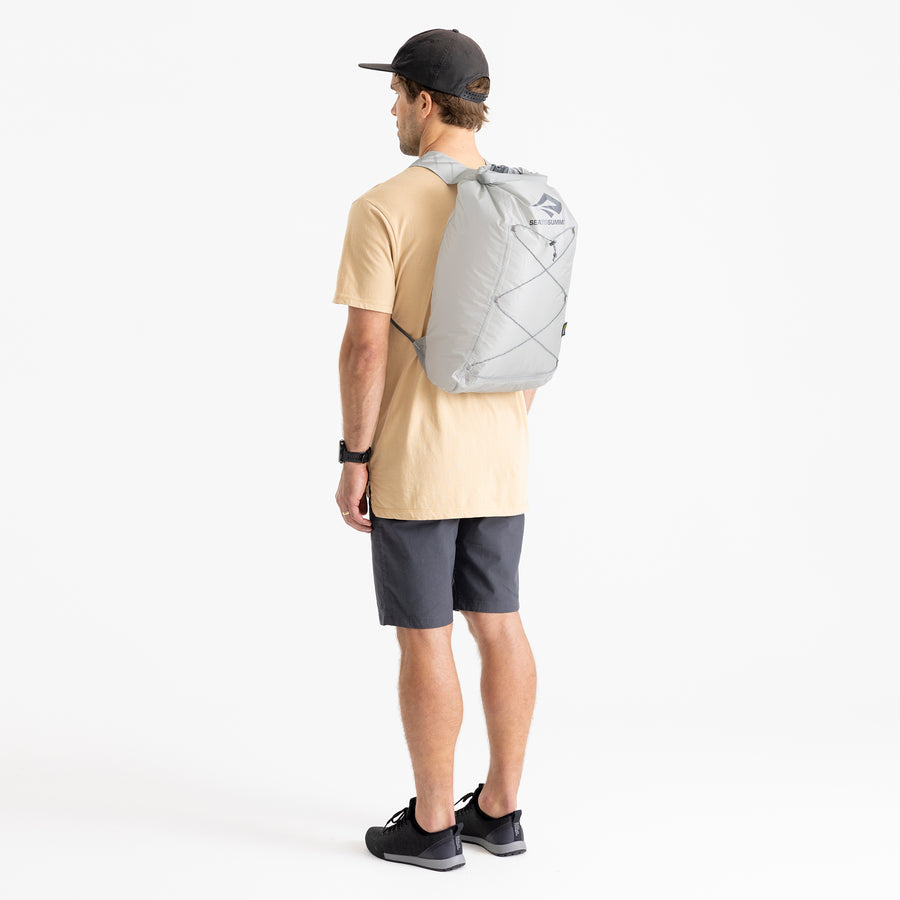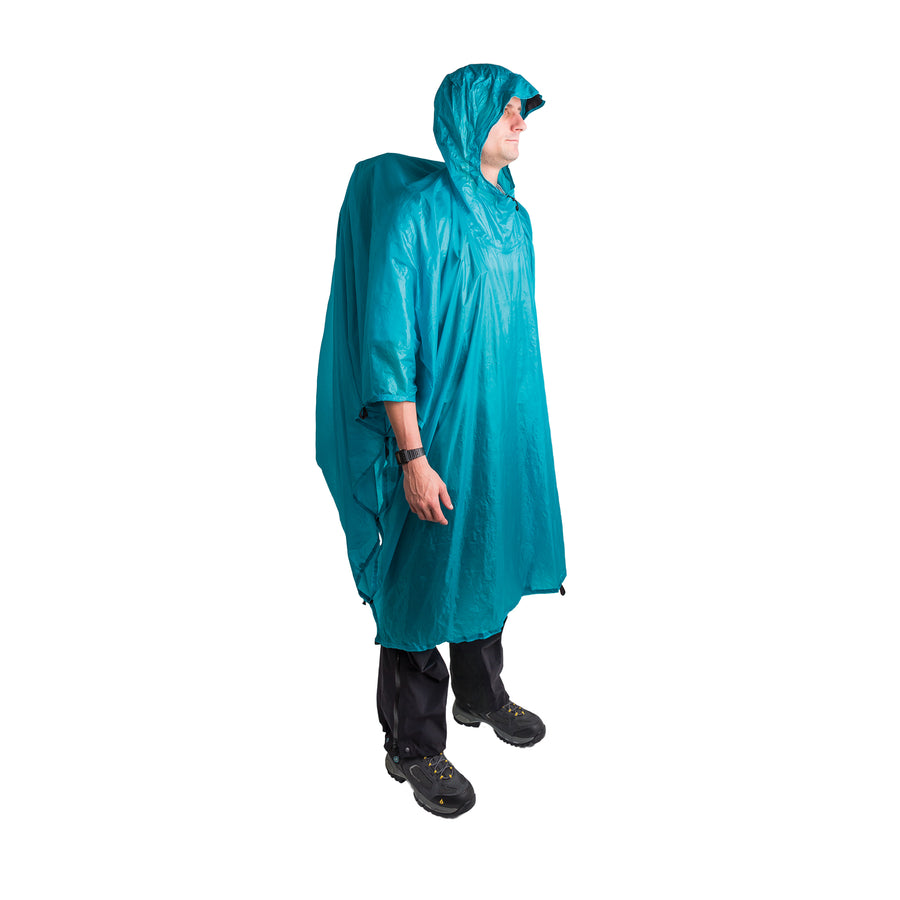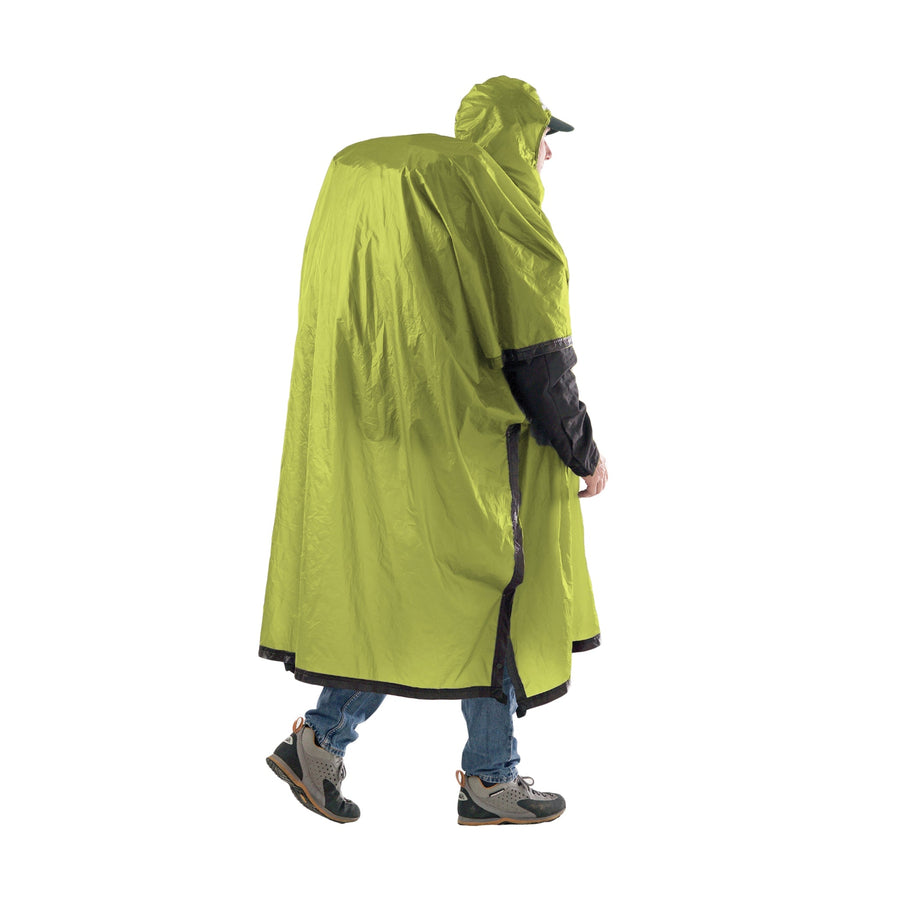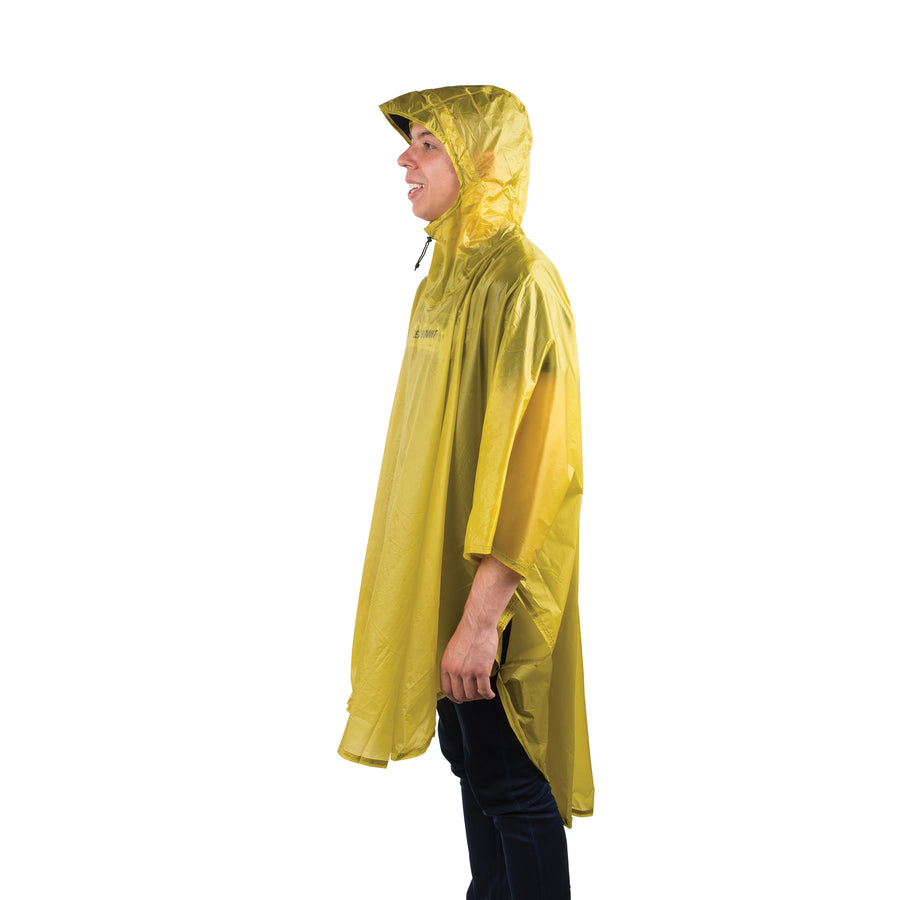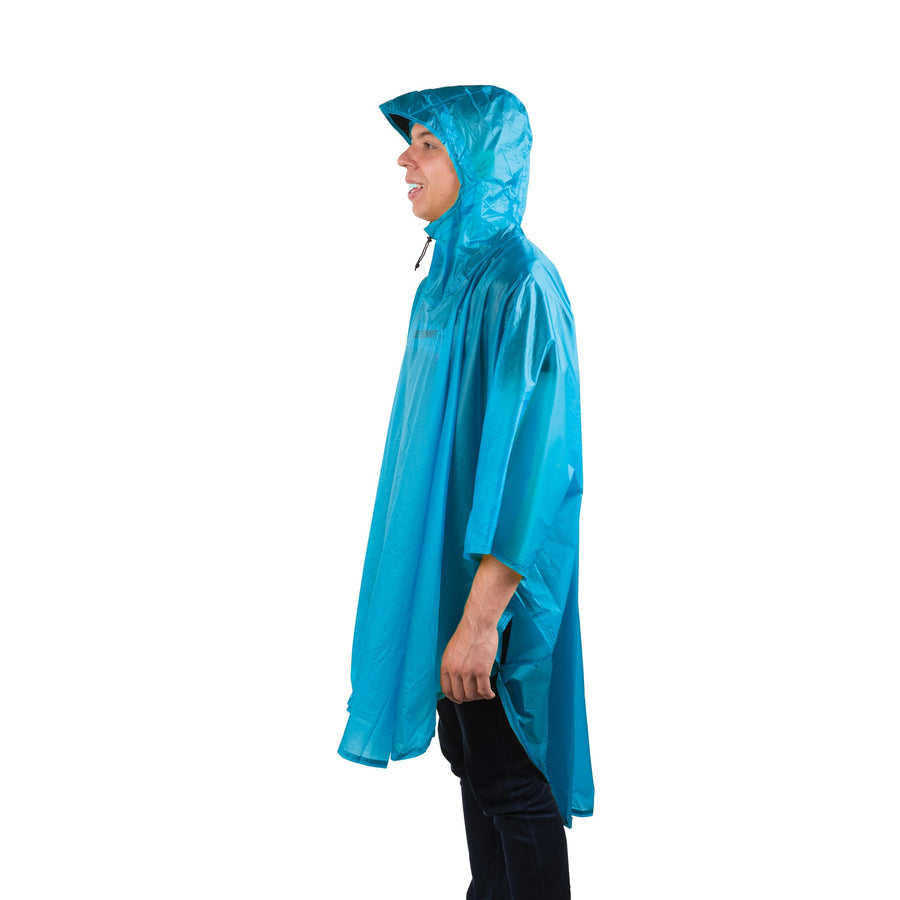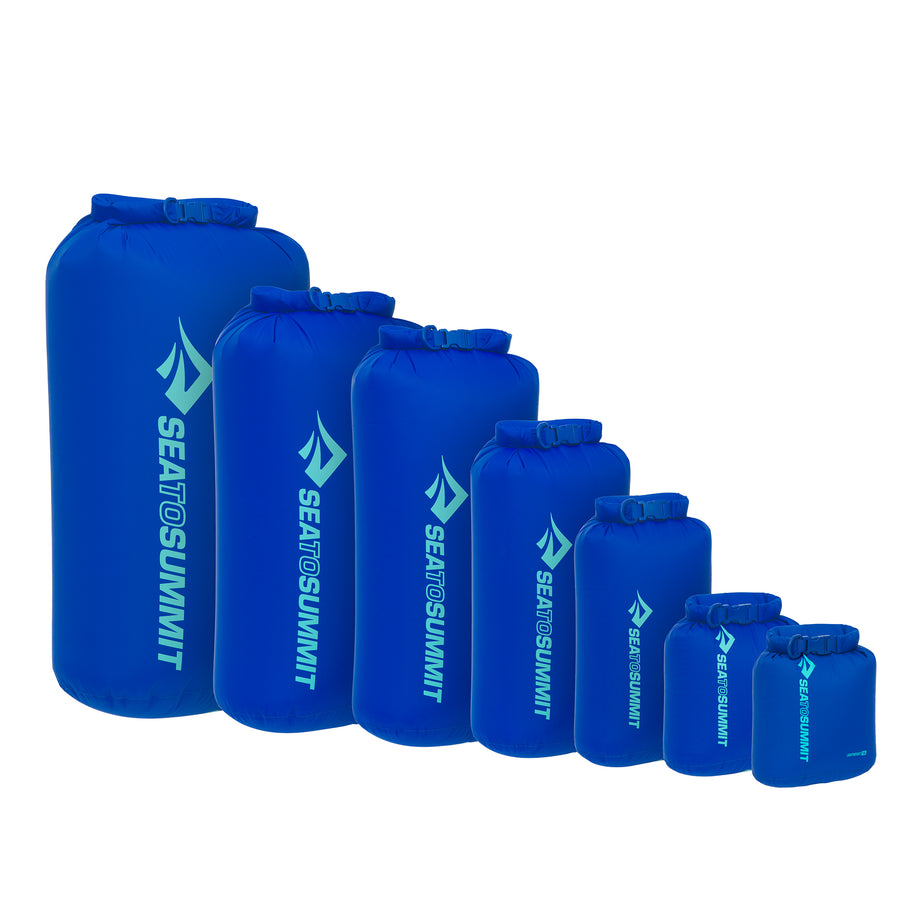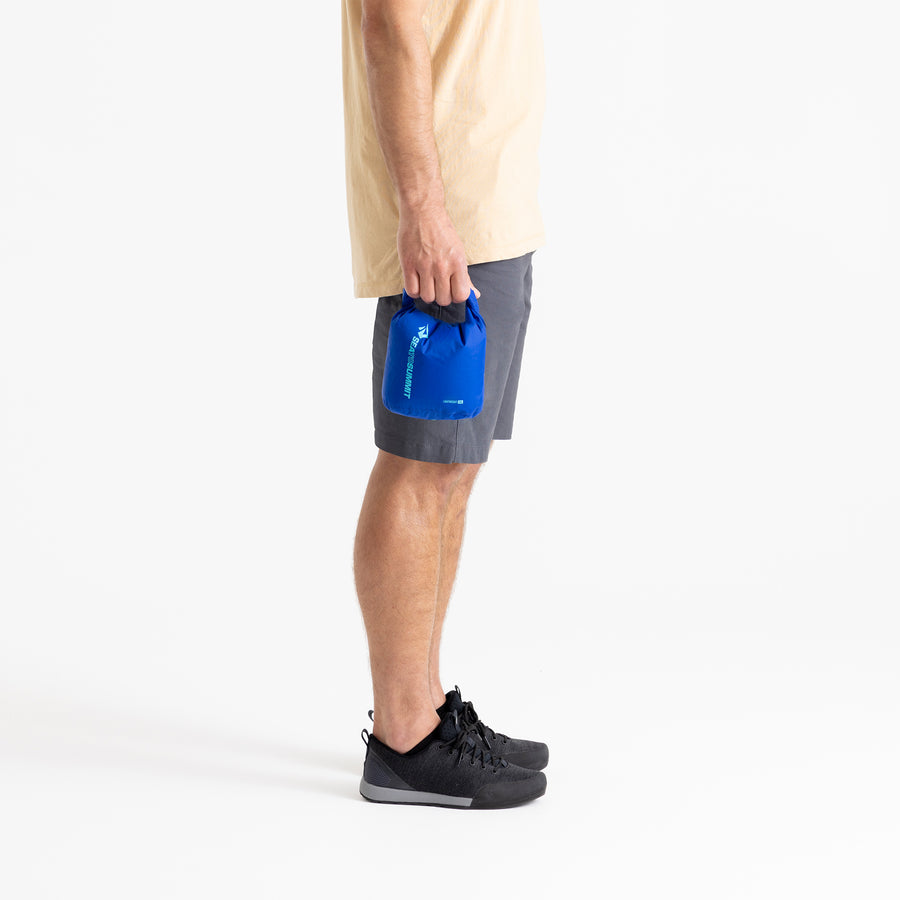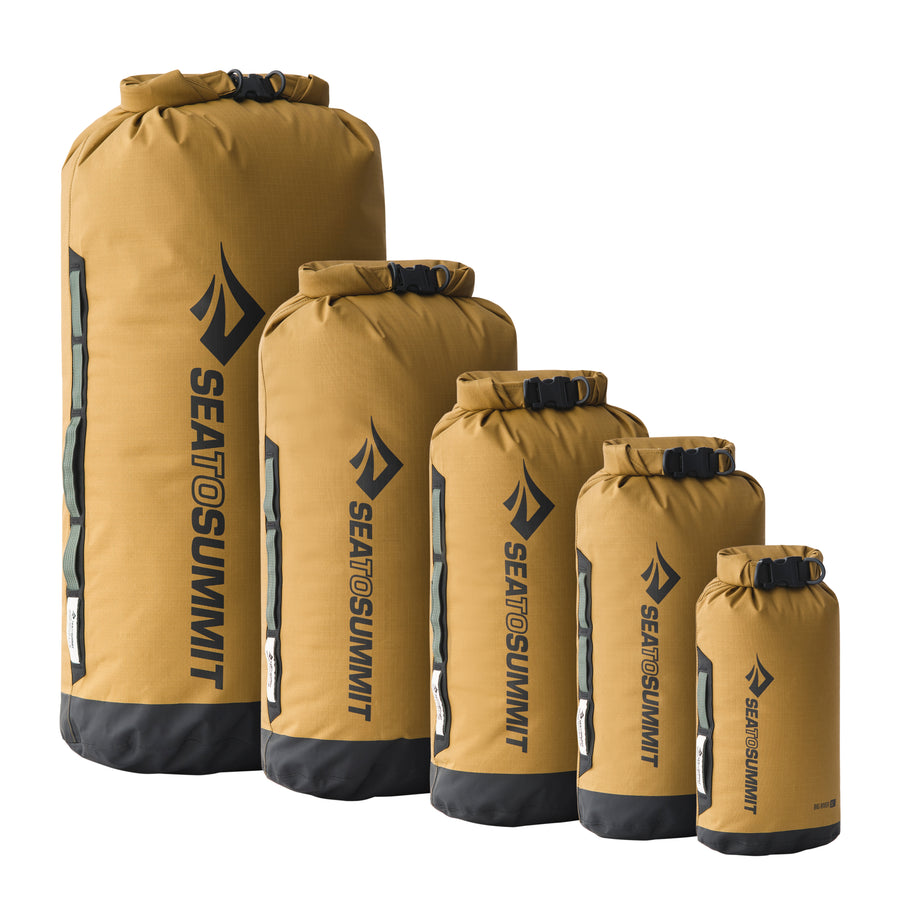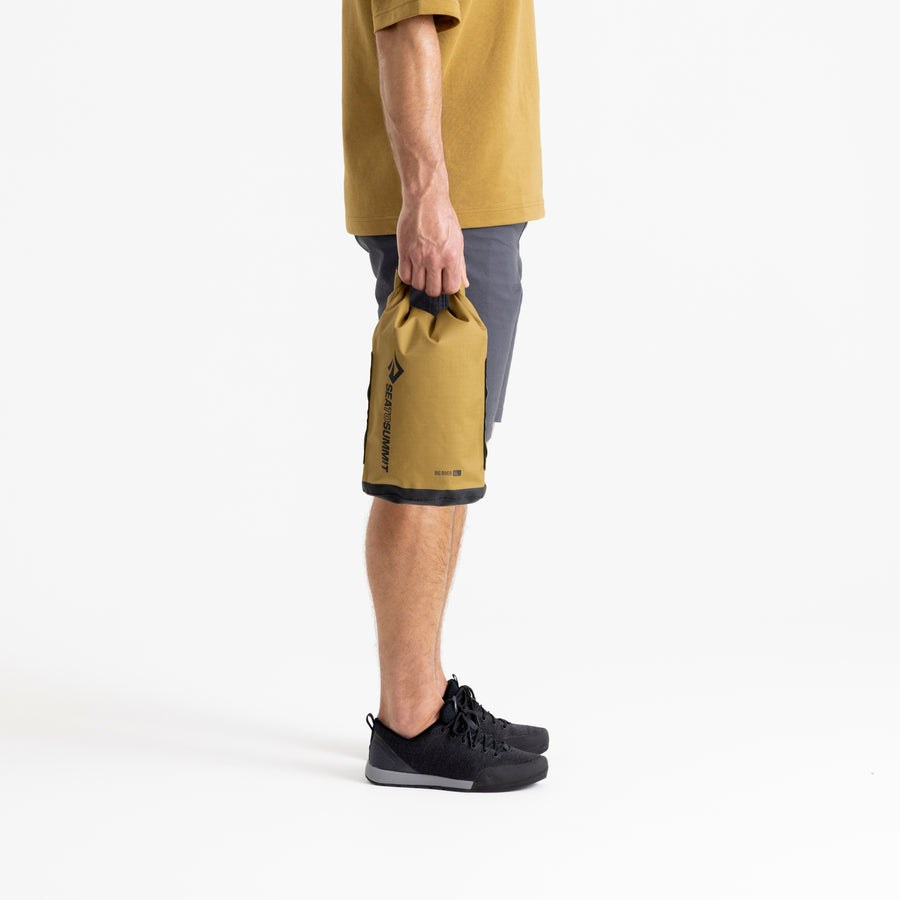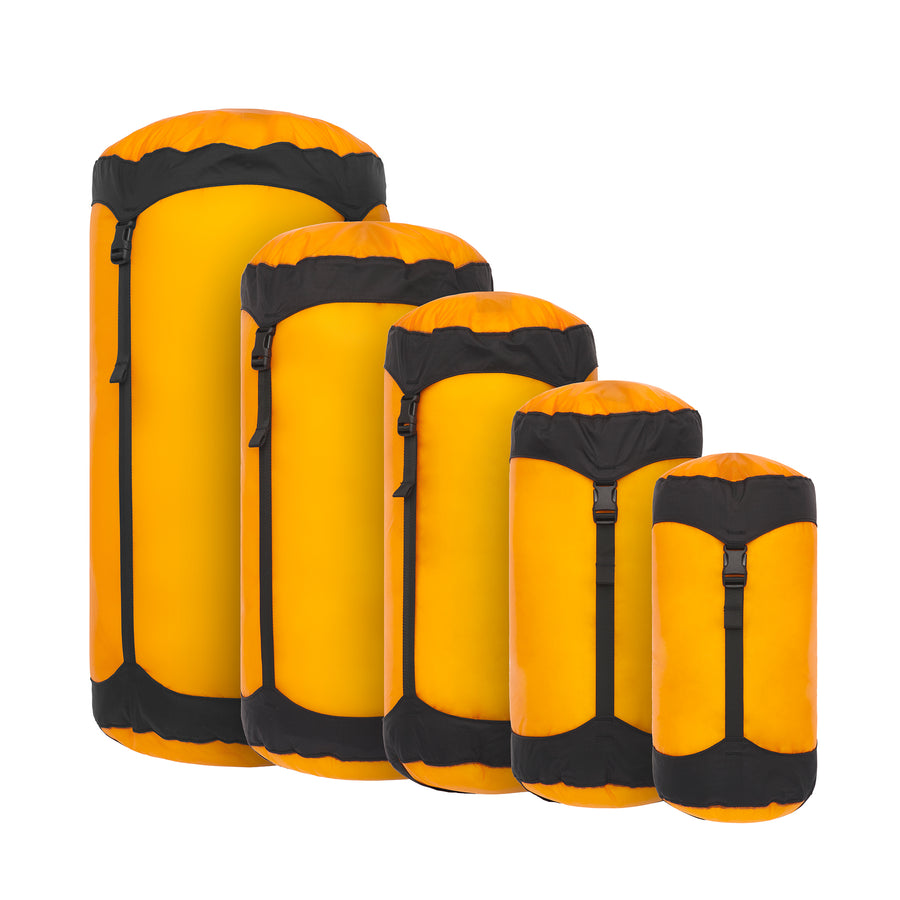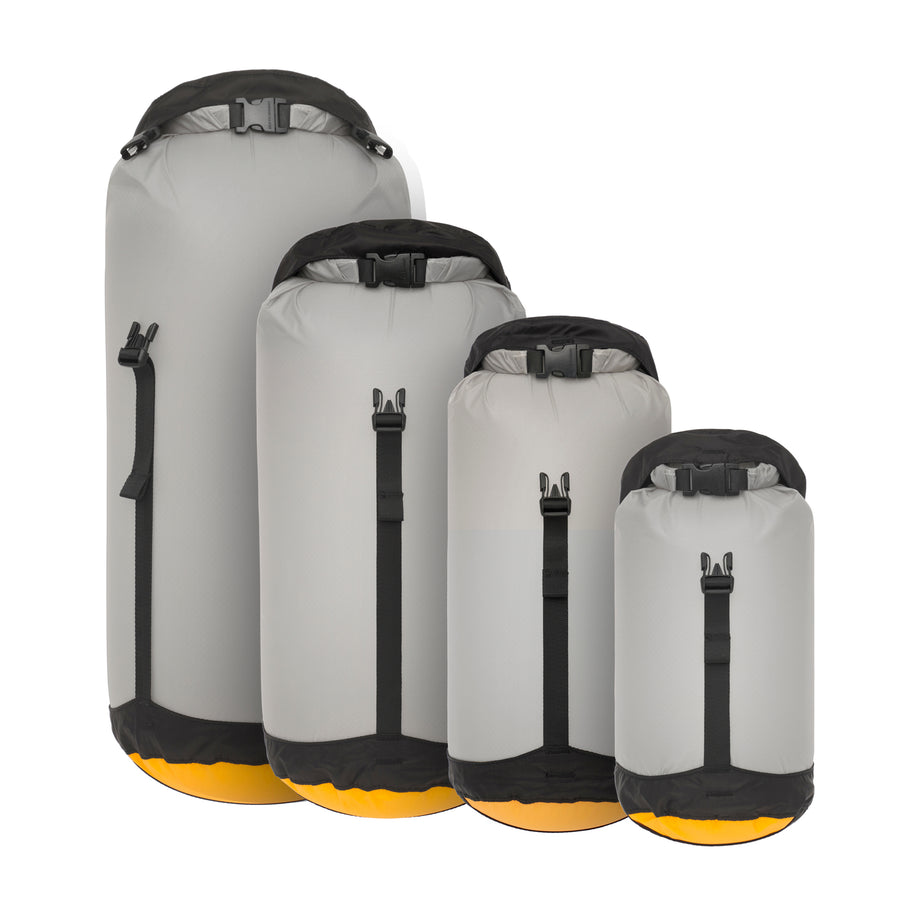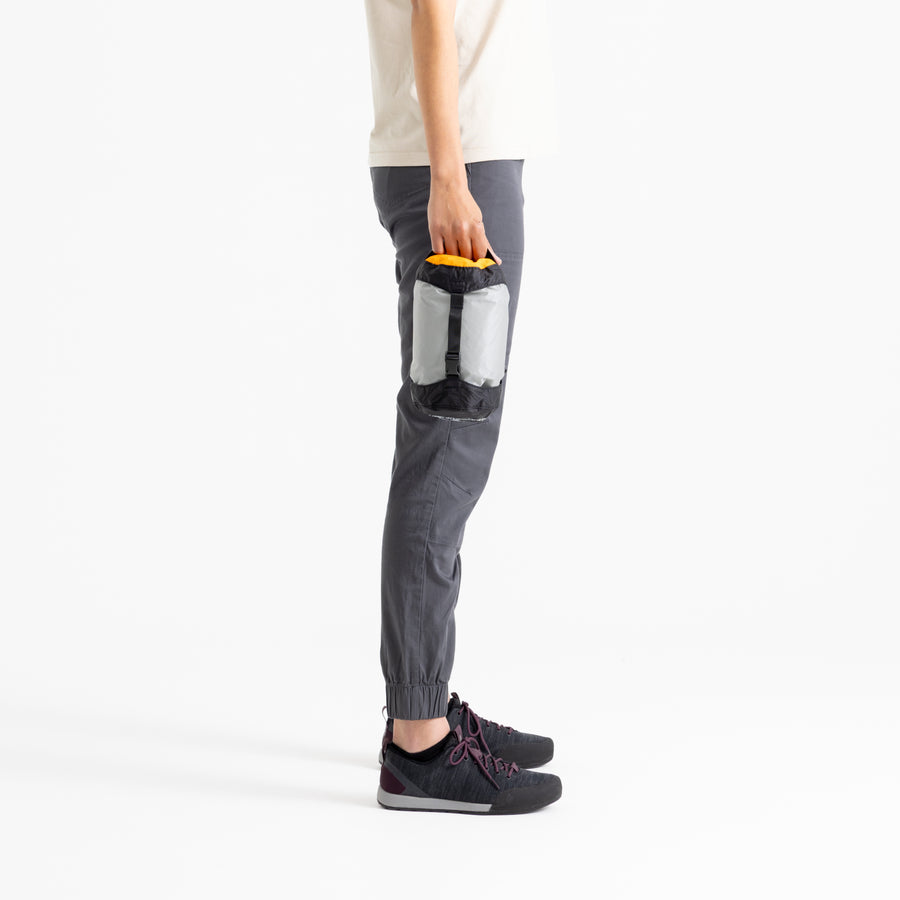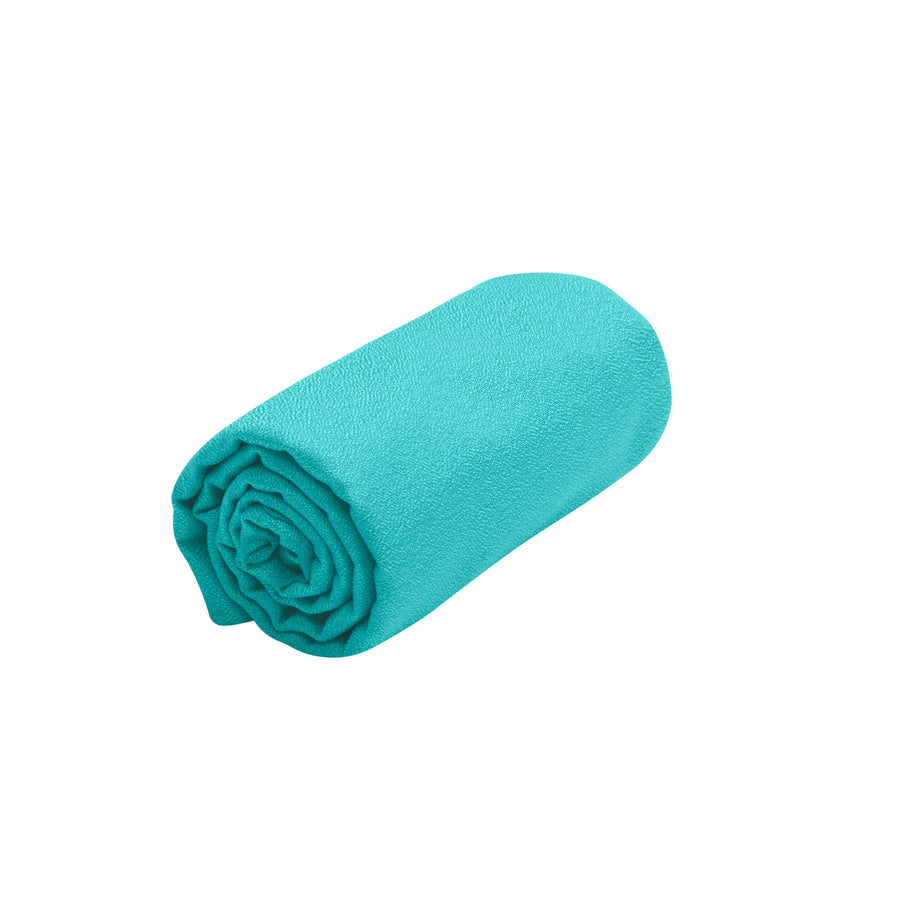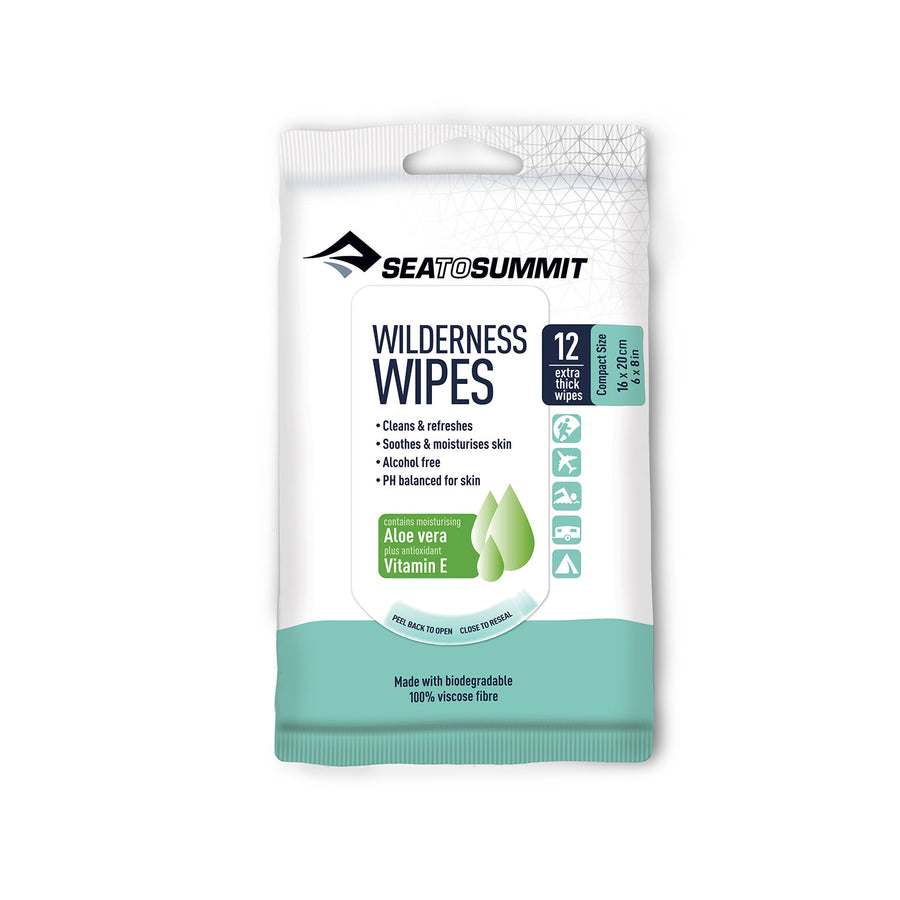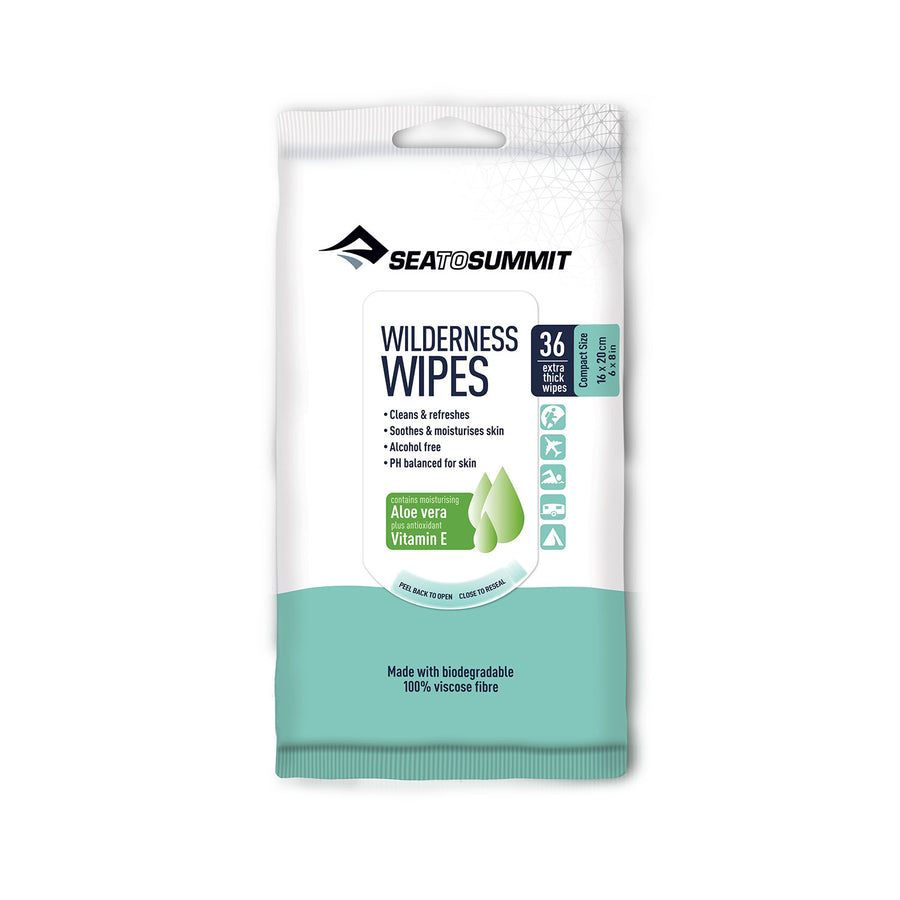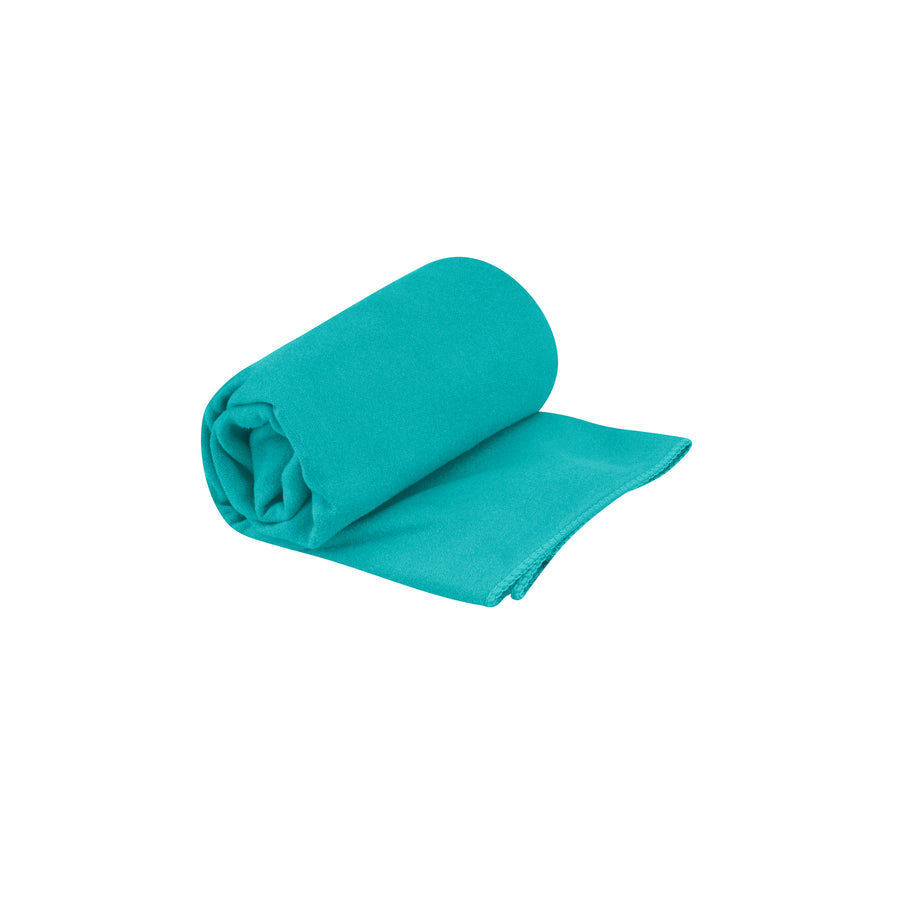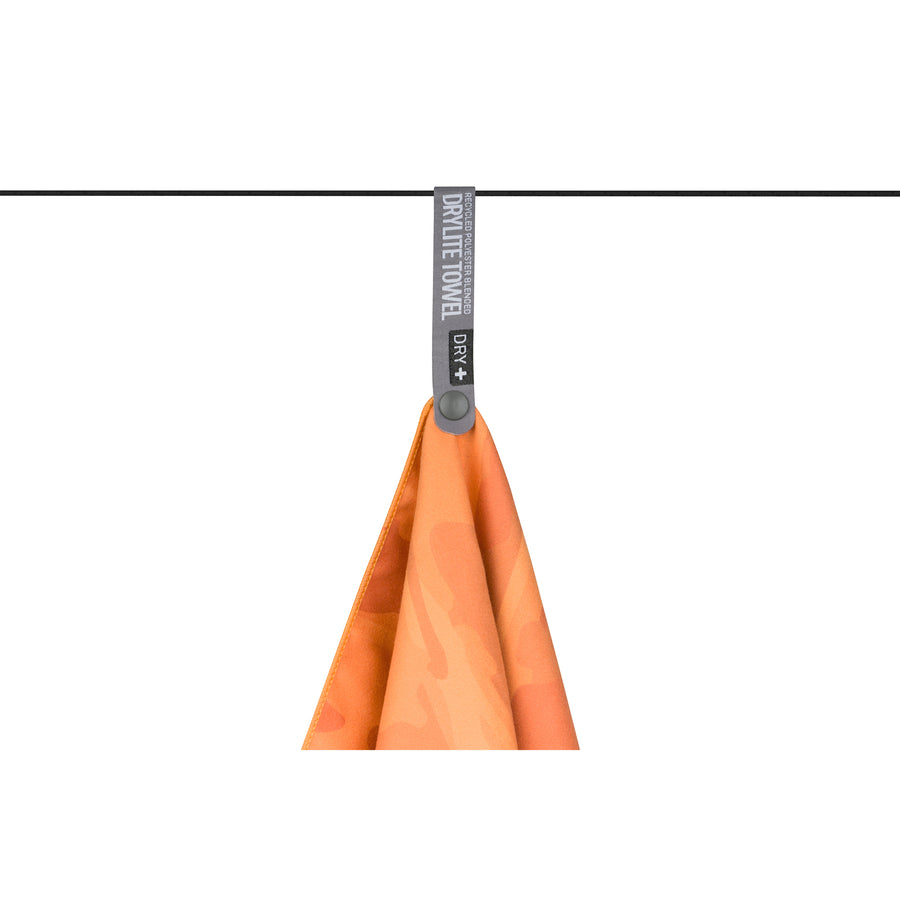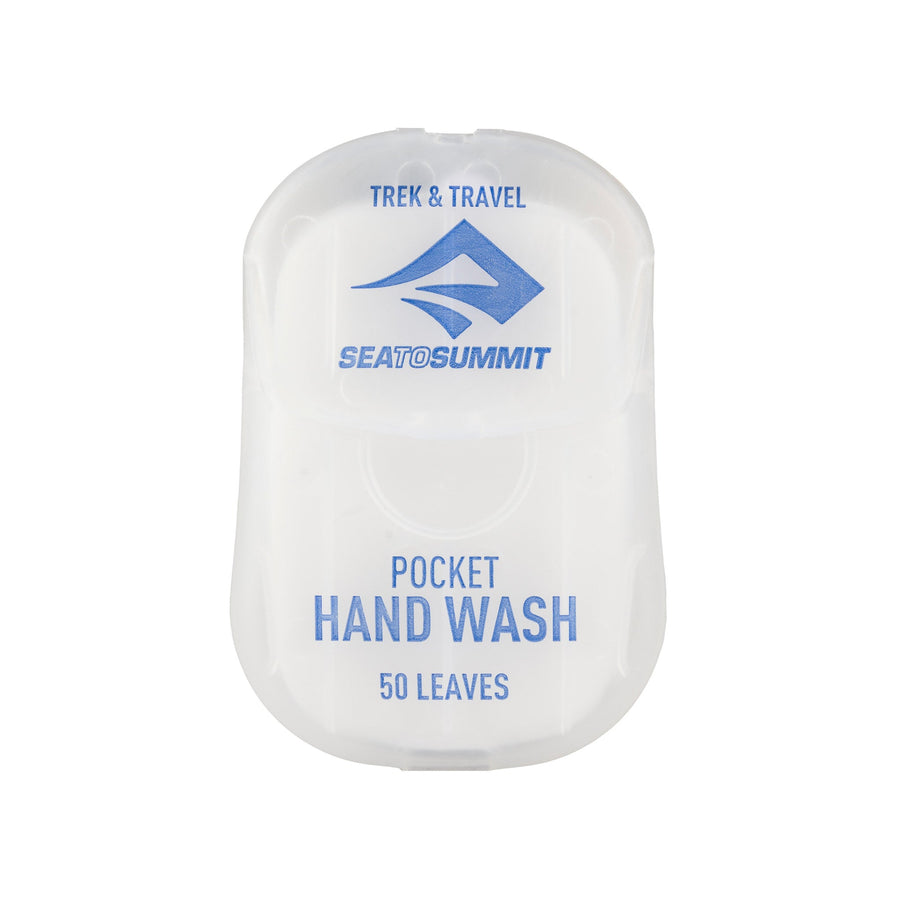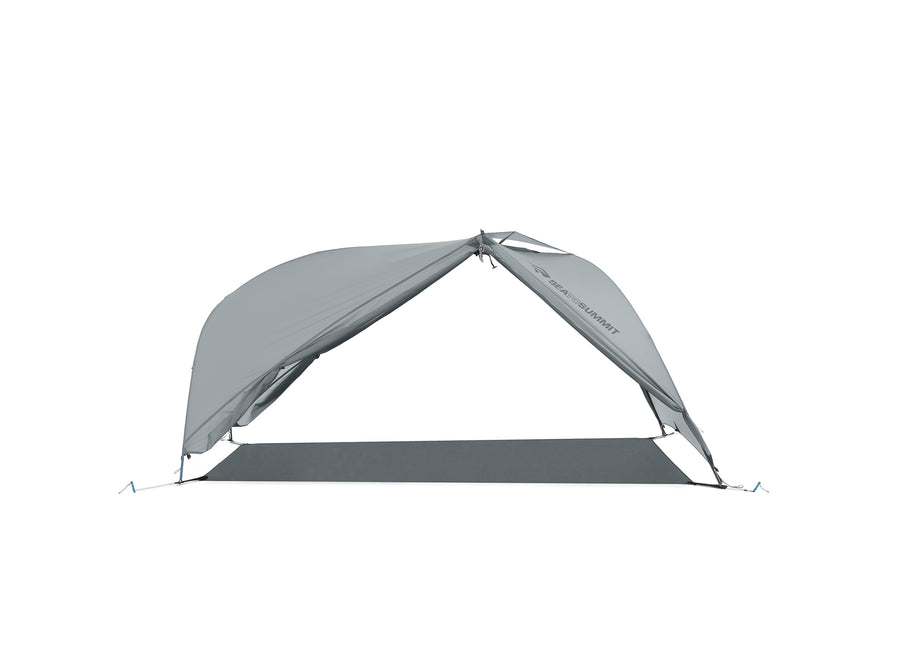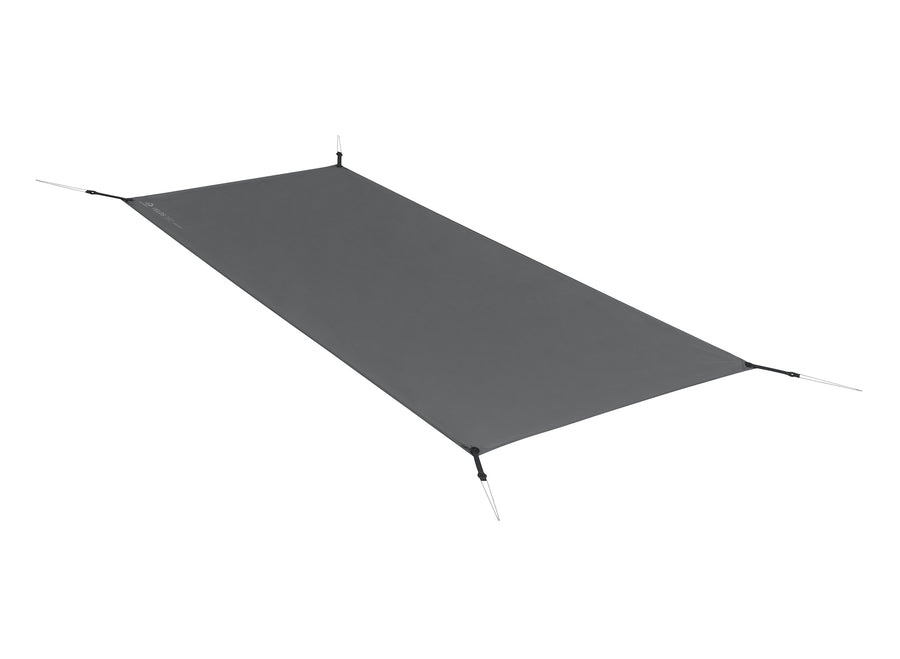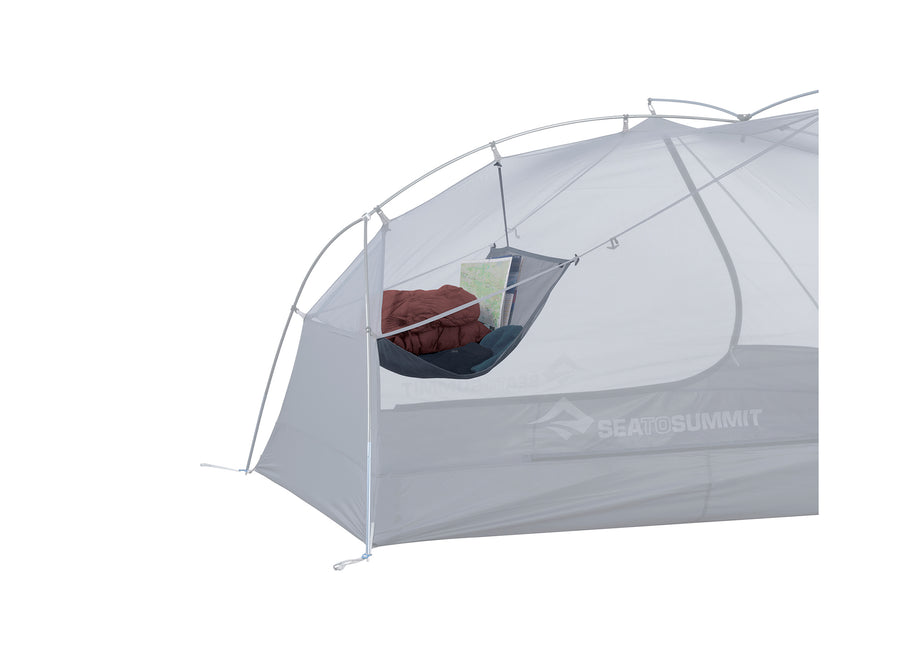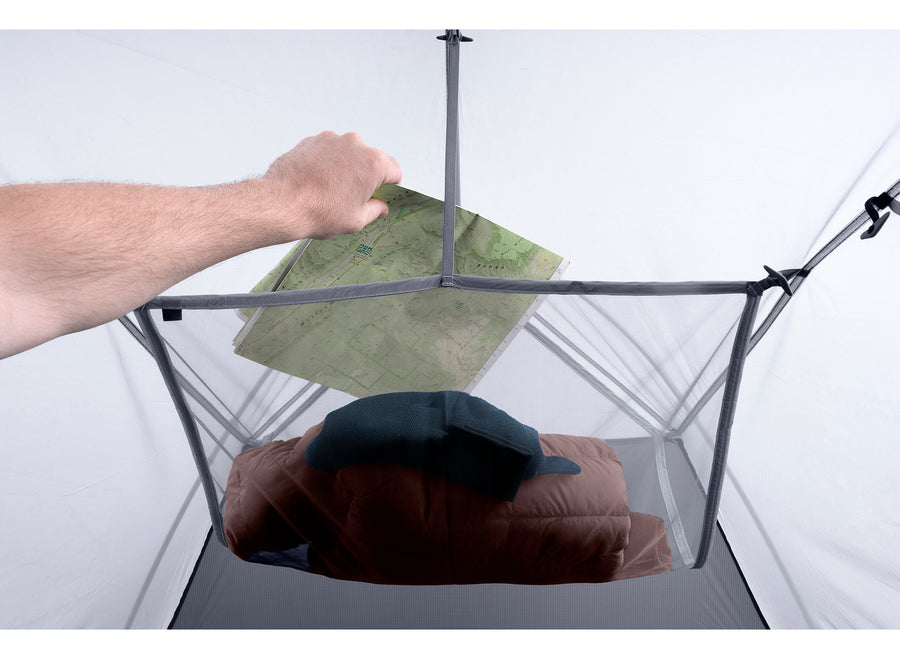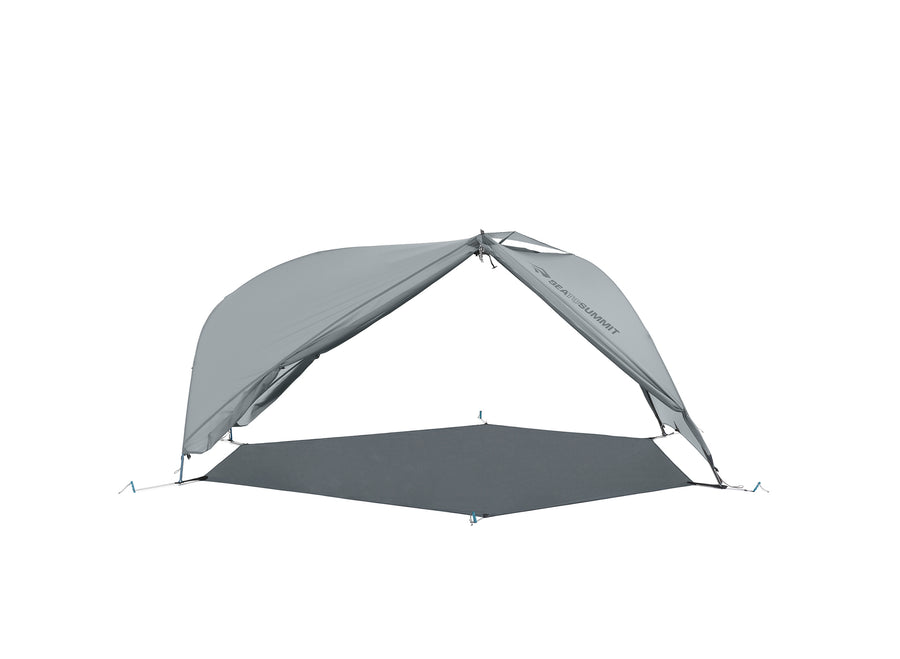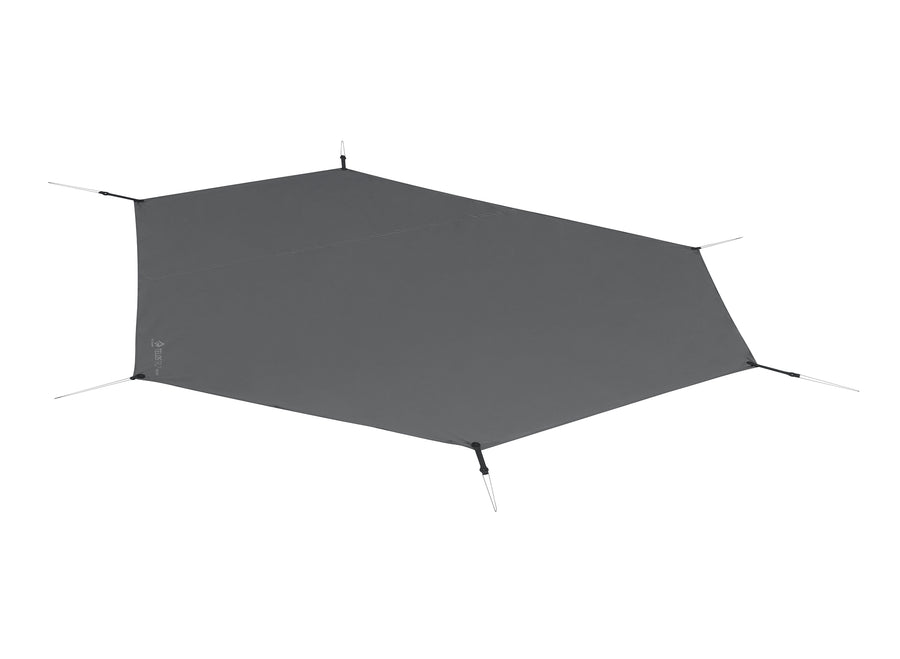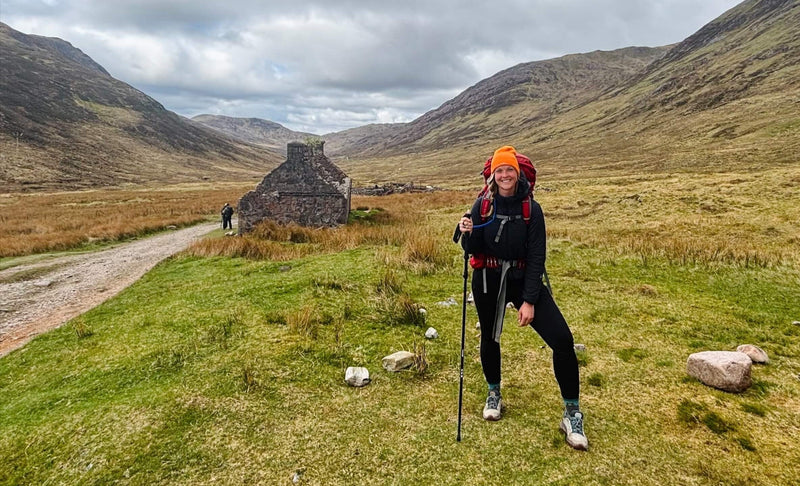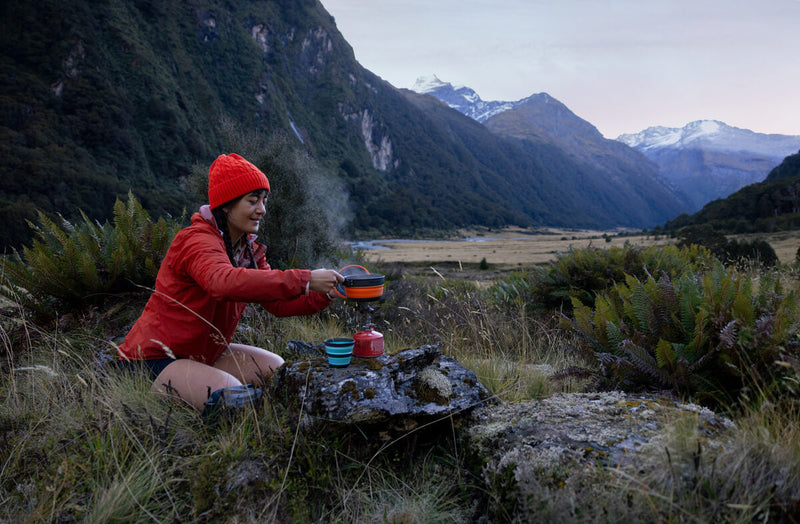Modular Approach to a Sleep System
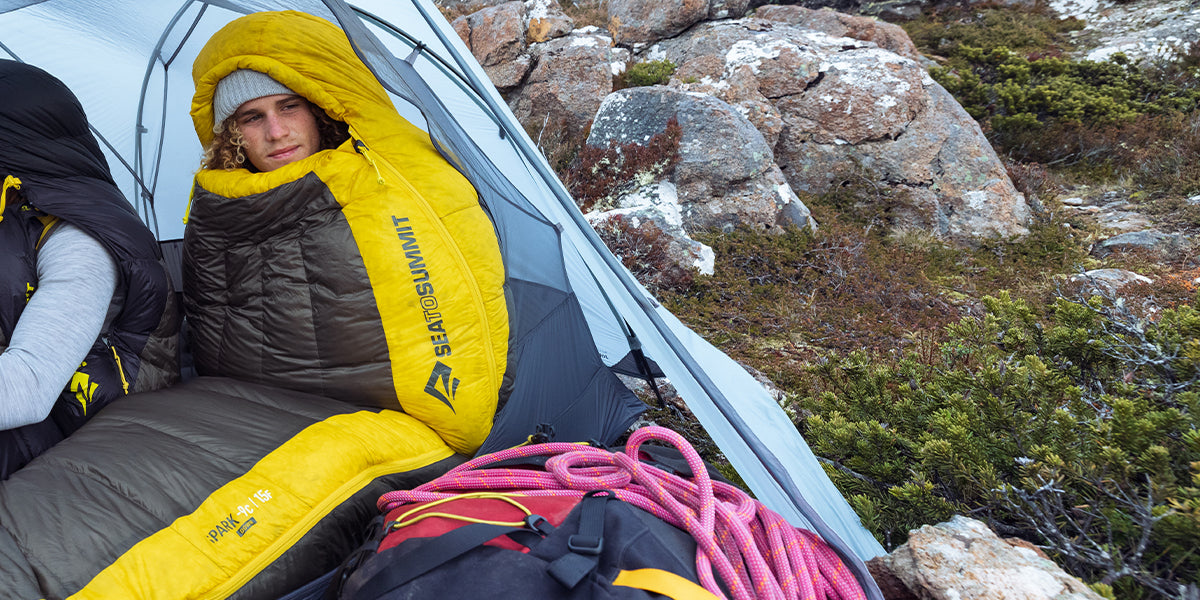
We originally published this blog back in 2015, partly as a response to the amazing feedback we had received to the blog posting 'Modular Packing Your Backpack’ – how to keep order and keep your gear dry in your pack.
In 2015, it seemed as if very few people had given much thought to combining the correct sleeping pad, sleeping bag, and liner to form a system; so we gave a couple of examples of how and where this would work.
Fast forward to the present, and the term ‘sleep system’ is certainly more commonly used. Here’s how we at Sea to Summit define it:
In order to get a good night’s sleep, think of the gear you will need in the same way you think of a layered clothing system.
The first component is your ground insulation and comfort layer: the sleeping pad. This has to provide adequate insulation in the conditions you will be camping in, or the warmth from your sleeping bag will be lost into the ground. The second component is the insulation around your body: the sleeping bag. The shape, construction, and placement of insulation within the bag are going to be key, or your warmth will be lost into the air. The third component is the next-to-skin layer: the liner. This has the same function as a clothing base layer, wicking moisture and retaining warmth.
Let’s start with the sleeping pad.
A sleeping pad has two functions: to provide comfort and to insulate you from the cold ground. Not every pad is as comfortable as some marketing departments would want you to believe, so it’s essential to test one before you buy it by laying on the pad, and rolling over to assume different sleeping positions. If it wobbles underneath you, move on to a different design. Not all mats will insulate you from the ground equally well, either. Fortunately, a new industry standard will come into force in January 2020: all sleeping pad manufacturers will now test for the insulation value (R-Value) of their pads using the same test protocol. You will therefore be able to compare R-Values across brands.
The second component is the sleeping bag.
The sleeping bag is intended to retain your warmth when the outside air temperature is cool or cold. At the risk of repetition, not all sleeping bags retain heat as well as some people claim; not even the ones which are tested using the European EN rating system. Another factor to be aware of is the level of ventilation available in any given design. Some bags have plenty of ventilation options and can be used across a wide temperature spectrum, other bags have a much narrower comfort window.
The third component is a liner.
Most outdoor end-users have heard about sleeping bag liners. They may know that a liner can keep your sleeping bag clean, is easy to wash, and may add a few degrees of warmth. However, it’s much less common to think of a liner as managing moisture in warm or humid conditions. Sea to Summit has liners which can add warmth and which can help keep you from feeling clammy when the temperature and humidity rise.
A modular sleep system for colder weather environments would work like this: the end-user can choose a slightly lighter and less bulky sleeping bag than otherwise would be the case, and pair it with a Reactor, Reactor Extreme, or Reactor Fleece liner to provide adequate warmth.
The sleeping pad would need to deliver the correct level of insulation, i.e. an R-Value of 3 or above. And the sleeping bag will be constructed with warmth-retaining features like a technical hood, a draft collar and a zipper draft tube large enough to really stop drafts. Because all the components in the system are optimized for the conditions in which they are being used, they offer the best possible performance for the least possible weight and packed volume. Compare this with the end-user who didn’t plan in a modular way who carries around a heavier, bulkier sleeping bag without a thermal liner and without an adequately warm sleeping mat – and who is surprised when he or she gets cold.
By the way – the advice in this article is intended for all genders. However, women have specific needs when it comes to sleep systems which you can read about here.
A modular sleep system for warmer weather environments comprises of a sleeping mat with a lower R-Value (for summer use an R-Value of less than 1.0 is fine), a sleeping bag which can be gradually opened up for ventilation, all the way to forming a full quilt and a wicking liner. If you are traveling and sleeping primarily in hostels or even couch-surfing, you will probably not take a sleeping mat with you.
OK – on to those examples we mentioned above.
SOUTHEAST ASIA
Imagine you’re traveling through Southeast Asia: at the beginning of your trip (perhaps in Bangkok), you may be at a lower elevation in warm and humid conditions, maybe even in a budget-priced hotel or hostel. For these conditions, you would sleep in just the Breeze liner, which would help you sleep more comfortably while keeping you away from less-than-pristine bed sheets. (If there is concern about mosquitoes or bugs, you could also opt for the Breeze with Insect Shield). As you travel to higher elevations (say, Chiang Mai), you would sleep in the Breeze with the Trek (opened fully as a quilt) over you. As elevation increases further, you would progressively close the zippers (foot zipper and side zipper) on the Trek until at the coldest point of your trip you would be inside the Breeze in a fully cinched up sleeping bag.
In the above case, you would be traveling from hostel to hostel, and thus might not have a sleeping pad with you. A pillow, on the other hand, should definitely be part of this system.
THE APPALACHIAN TRAIL
Perhaps the most classic example of the use of a sleep system in moderately cold to warm conditions would be the Appalachian Trail. At the start of the trail in Georgia in April, an Ascent would keep you snug and warm with the Breeze inside it; you might even open the foot box zipper for a little ventilation. Further north in the chillier conditions of the Nantahala Forest, or perhaps the Mount Rogers Wilderness, you may well have all the zippers closed tightly. As you progress through Virginia, and the temperature and humidity increases you would progressively open the side zippers and eventually sleep under the Ascent opened like a quilt. In the hot humid nights in Pennsylvania, the Breeze by itself would suffice, before you head up to New England and once again use the system’s ability to cope with increasingly cold nights.
The soft, stretchy liner will provide you with supreme comfort in both the above scenarios. The sleeping pad you would include in this system would have to provide an adequate level of insulation in those colder sections in Virginia and at the northern end of the trail. For this reason, a male end-user might choose the Insulated Ultralight Sleeping Pad (R-Value 3.1) or Ether Light XT Insulated Sleeping Pad (R-Value 3.2) while a female hiker would choose the Women's Ultralight Insulated Sleeping Pad (R-Value 3.5) or the Women's Ether Light XT Insulated Pad (R-Value 3.5)
For travel and general backpacking, the Trek is roomy and comfortable. It also has a lot more flexibility than many other sleeping bags because of their built-in ventilation.
However, given that weight and packed volume are often paramount on the AT, you may opt for the ultralight Spark Sleeping Bag which reduces your ventilation options, but also reduces weight and packed volume. A pillow is also a key element in a good night's sleep - and the Aeros Pillows are not only incredibly comfortable, they are light and very packable.
Sea to Summit sleeping pads are an integral part of any sleep system – they are more comfortable, easier to inflate and deflate and are made of higher quality materials than any other air-filled sleeping pad.
A Pillow is also a key element in a good night’s sleep – and the aeros pillows are not only incredibly comfortable, they are light and very packable.

Finally, remember that the best sleeping bag and liner will only offer very modest comfort if they are wet or even damp. Make sure you pack them away in an appropriate dry-storage option inside your pack (you don’t want to run the risk of snagging your sleep system or even your shelter on a sharp branch or rock). The Evac Compression Dry Bag and Evac Compression Dry Bag UL are all great candidates for packing away your sleep system.
If you have questions on which liner will work best with your sleeping bag, or which sleeping bag or sleeping mat is most suitable for a particular application, all you have to do is –
Ask Baz
